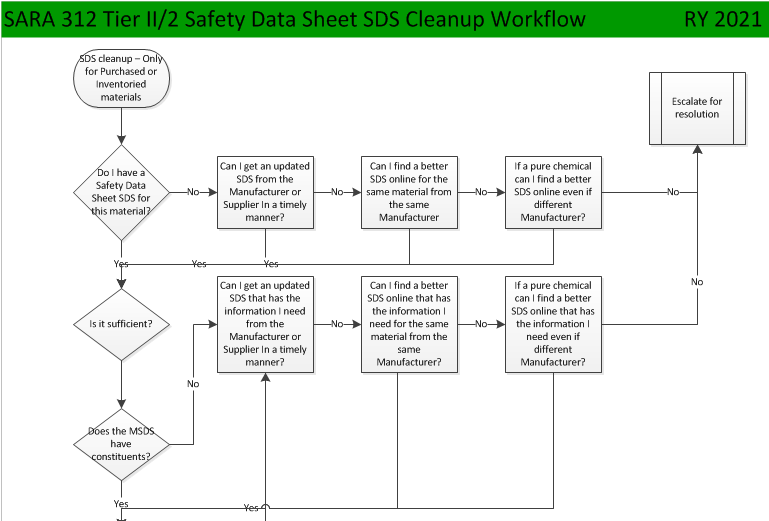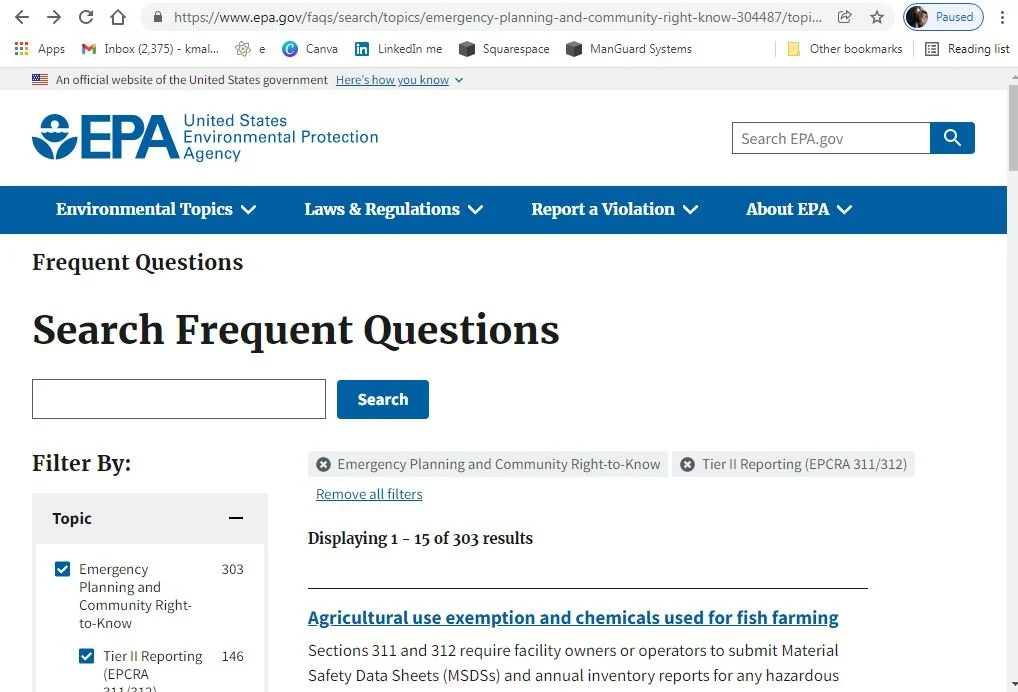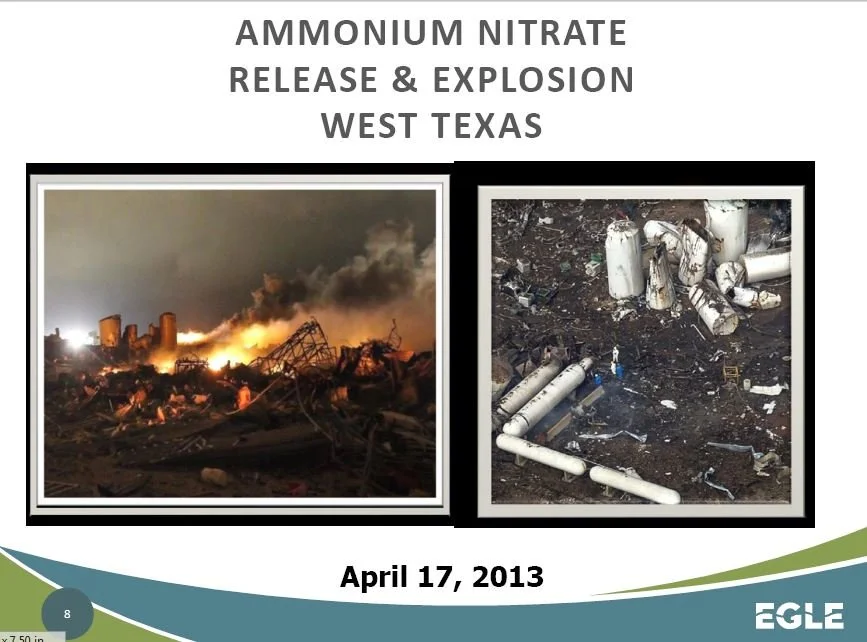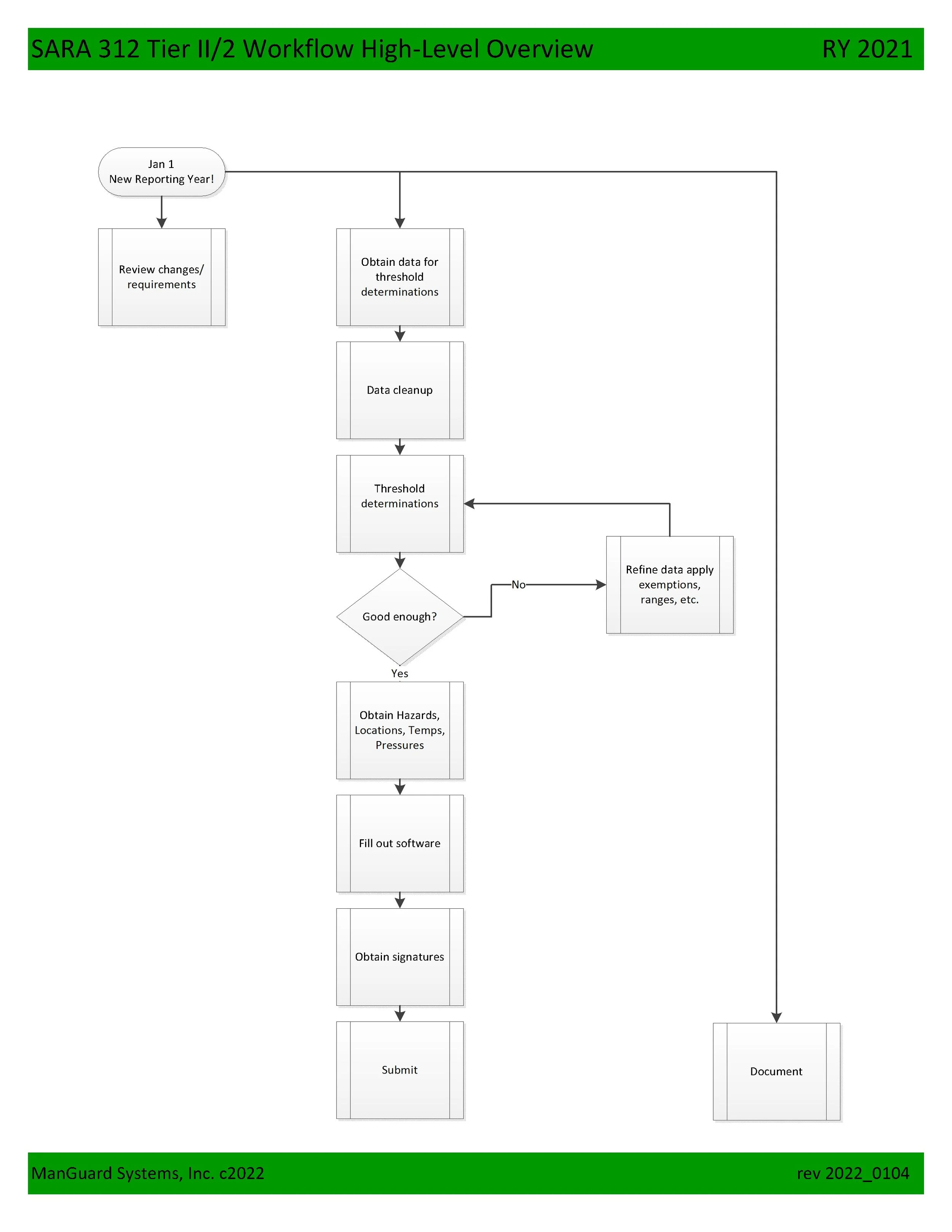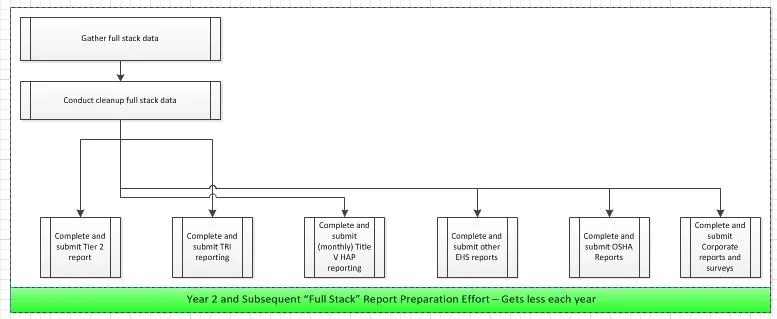39 Days: Weekend in the Weeds: Juggling SDS Constituents, Constituents, and CAS Number tables
39 days: “Weekends in the weeds” Juggling SDS Constituents, Constituents, and CAS Number tables. What’s in each and how to go between them
41 Days: Converting from Purchasing Units of Measure to Pounds Part 1: Standard conversion factors
41 days: Converting from Purchasing Units of Measure UOM Part 1
Now that you have Safety Data Sheet SDS numbers associated with each Part Number, you need to convert to Units of Measure Pounds for purposes of Threshold Determinations.
This is the start of that conversion series of steps. Except for gas cylinders, which appear early as an exception, this post deals with Units of Measure that can be converted directly from reference resource conversion factors.
42 days: Batteries again…EPA’s “Rules of thumb”
42 days: Batteries: EPA’s “rules of thumb”for constituent pecentages. If you use them, your facility will need to report Sulfuric Acid when you have 5556 pounds of batteries, and Lead when you have 14,925 pounds of batteries (or an additional 9369 pounds after the 5556 pounds you already counted)
43 Days: Start of Safety Data Sheet SDS Cleanup
43 days: Time to start Safety Data Sheet SDS cleanup; do you have an SDS for everything on-site? Does the SDS have constituents? How close to 100% do the constituents sum up to? Are the constituents described by values that can’t be multiplied directly (greater than, less than, balance, range)? And one tiny plus, how much more than 100% do they add up to? This represents potential over-reporting which you can mitigate.
44 Days: My receipts are by Part Number, how do I match up to Safety Data Sheets?
44 days: Your ERP system operates based on Part Numbers, you need Safety Data Sheet numbers, what do you do? Here’s an option
46 Days: Weekend in the Weeds #2: Tables to convert from Purchasing to Tier2 (Part Number and Variations)
46 days: “Weekends in the weeds” 2nd episode: tables you will need to convert from Purchasing, which tracks by Part Number, to Tier2 and related threshold determination, which is done by constuents, asidentified by CAS Numbers, that are associated with Safety Data Sheets SDSs
47 Days: FAQs: 303 of them, which are most relevant to your facility?
47 days: Time to browse through the EPA FAQ’s for Tier 2. There are 303 of them currently, and at the bottom of the screen you can sign up for an RSS feed in case more come out during this reporting season. Tedious to plow through and many won’t apply to you (fish farming?) but you might find some important tidbits
48 Days: Background, history, overview and the relationship between the different SARA requirements
48 days: Michigan EGLE Environment Great Lakes and Energy 1st webinar resources (even if you’re in a different state this is good info, they are clear about Michigan variations from the federal requirements). Overview of the different relevant regulations and how they interact, plus a brief overview of where Tier2 fits into the big picture. Next week will be the deep dive into Tier 2 report preparation.
49 Days: Let’s get the background research out of the way
49 days Time to get basic research done: Review last year’s report and documentation and identify any obvious changes; read the current Instruction Book; attend training as appropriate; and review the EPA FAQ website. Conduct additional research as appropriate based on these activities, and start planning how you will respond to changes since last year.
51 Days: Do a walk-through!
51 days: Do a walk-through! Even if you don’t conduct a physical inventory.
Do it yourself. You will be amazed at what people working in a department overlook.
You are likely to find items that needed to be included on your Tier 2 report, as well as other operational issues that you can either fix on the spot, delegate, or relegate to (virtually) March 2nd after your Tier2 report is out the door.
52 Days: 1st Weekend in the weeds episode: where do I put my data? Facility and (the start of) key related tables
46 days: First “Weekend in the weeds” episode: start of database structure, key fields around Facility data
53 Days: The Metrics of Physical Inventory Options
53 days: There are a number of different ways of obtaining a physical inventory and a lot of benefits to conducting one.
54 days: Obtaining data for materials received on-site last year.
54 days: Materials are received by a number of different ways. Have you tracked down all of yours?
55 days: Today Let’s Start Talking About Batteries…
55 days: Assembling your battery inventory can be one of your more significant data collection efforts…
56 days: Why not just use last year’s info?
56 days: Why not just use last year’s information and/or what you think you already know? Let me count the ways…
57 days: Eight Weeks to Deadline, 9 Steps, Are You On Track?
57 days: SARA 312 Tier 2. 9 high-level processes, 8 weeks. 100-200 distinct tasks?
58 Days: “Full stack” EHS reporting: a single (and consistent) source of the truth
58 days: “Full stack” reporting in this context is when you get all the data for all receipts and starting inventories at the beginning of the year, conduct all the data cleanup at once, and then use that single data source for all subsequent reporting for that year.
This gives you effectively a “single source of truth” since the each report is derived from the same data.
Although more work the first year, in subsequent years the reporting effort will decrease because the initial data collection and cleanup efforts will carry over.
This is especially true to the the extent that some steps can be automated and others conducted on an ongoing basis going forward (data cleanup is conducted real-time across the course of the year).
59 Days: Help! I have to fill out this report! What do I (really) do? (This blog can help)
59 days: What if you’re new to the SARA 312 Tier 2 report and your background information is, well, sketchy at best? This blog can help. For 59 more days we’ll do a little philosophy you can share with management, but mainly we’ll be deep in the weeds on the “nuts and bolts” about getting this report out
60 Days: Happy New (Reporting) Year!
60 days: Happy New (Reporting) Year! 60 Days and counting down for SARA 312 Tier 2. Do you know what your most important first steps are?



